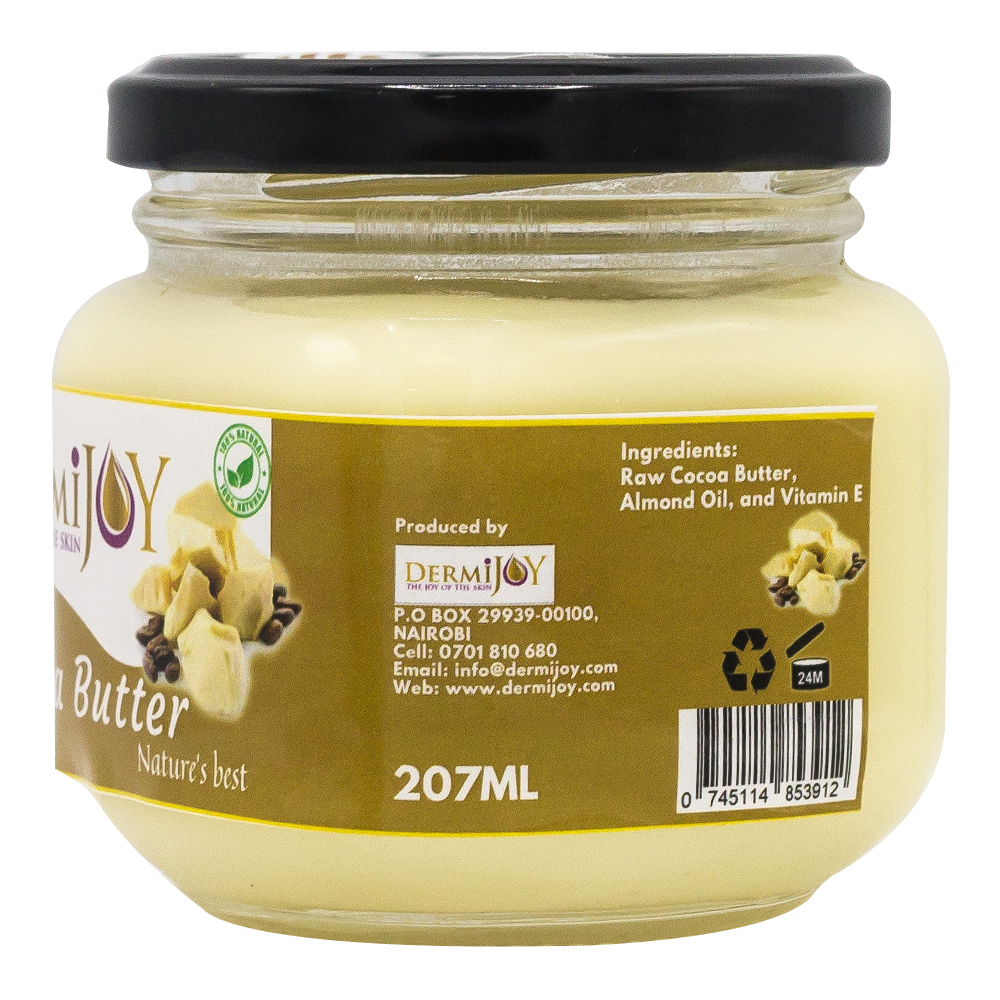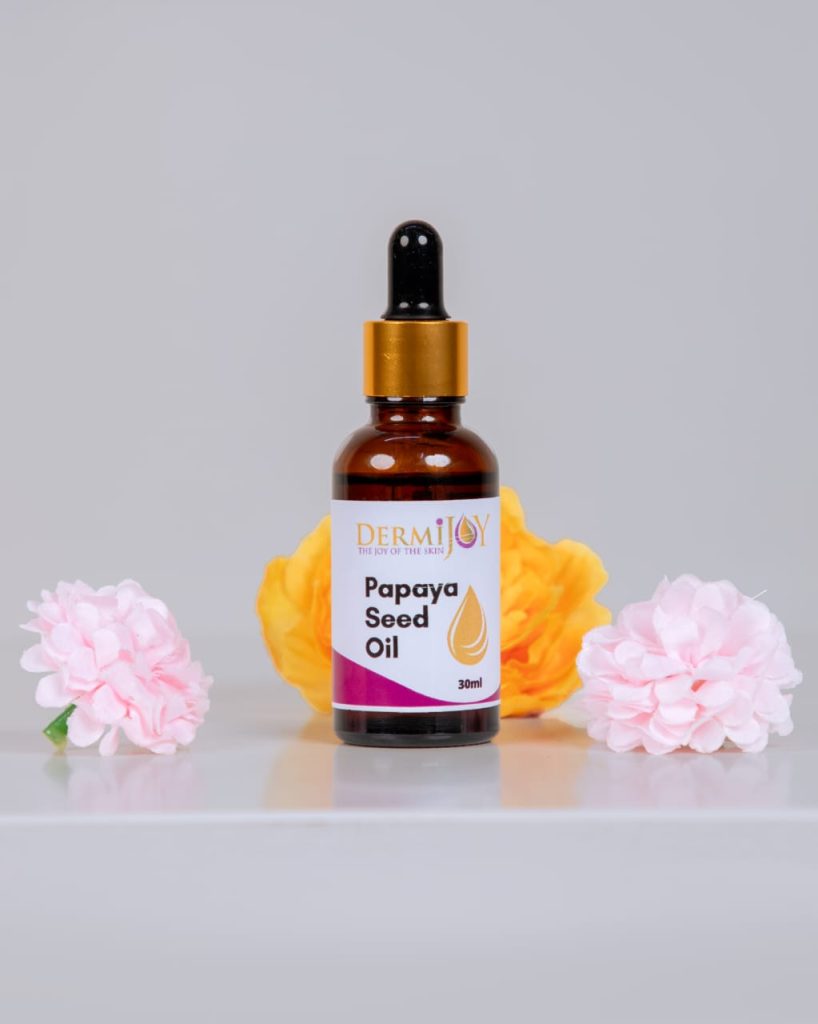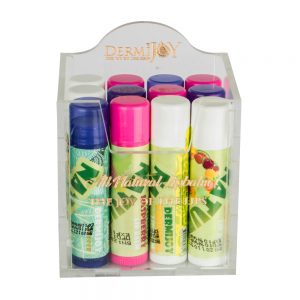Series 2- Oily Skin

We are delighted to release series 2 of the “know your skin type” blog, which focuses on oily skin. We will cover the characteristics of oily skin as well as the types of skincare products that are suitable for oily skin.
Definition
Oily skin results from the overproduction of sebum, a natural oil that can lead to a shiny appearance, enlarged pores, and acne breakouts. Common causes include genetics, hormonal changes, diet, and climate.
Some of the benefits of oily skin is naturally hydrated and soft skin due to abundant sebum production. You will notice that your skin is not ashy even when you have not applied a moisturizer (how nice). This natural moisture barrier protects the skin from environmental damage. It also promotes supple skin that exhibits a slower rate of visible aging (very good).
Another benefit for oily skin is thick, healthy hair. The abundant sebum benefits hair growth by providing natural hydration, protection, and shine.
How do I know if my skin type is Oily?
Self-Analysis tests
1. The clean face test: Wash your face with a gentle cleanser and pat it dry. Wait for 30 minutes without applying any other products.
- If your skin is shiny all over: You likely have oily skin.
2. The blotting paper test: Press blotting paper against different areas of your face. If the paper becomes saturated with oil quickly, especially in the T-zone, you likely have oily skin.
Acne (Acne Vulgaris) is a common chronic inflammatory skin disease of the pilosebaceous unit (hair follicles and their accompanying sebaceous gland). It occurs when the pores of your skin become blocked with oil, dead skin, or bacteria. Pore blockages produce blackheads, whiteheads and other types of pimples.
Acne vulgaris typically affects the areas of skin with the densest population of sebaceous follicles (e.g. the face, the upper part of the chest, and the back). Facial involvement is most common, but approximately half of those with acne will have involvement of the chest or back as well (Barbieri, 2025).
Management of acne entails washing the affected areas with a mild cleanser and medication prescribed by your doctor that includes topical treatments such as retinoids and benzoyl peroxide, oral antibiotics, and isotretinoin.
Skincare Regimen for oily skin
- Cleansing- Get a cleanser with an exfoliation agent that penetrate the skin pores to dissolve excess oil and dead skin cells. Some of the exfoliation agents include salicylic acid, glycolic acid, and lactic acid.
- Toner- Toners for oily skin should focus on oil control, pore-tightening, and gentle exfoliation.

- Moisturizer- opt for a light weight moisturizer/cream/gel. We recommend light oils that are rich in vitamins such as papaya serum and cocoa butter cream to fade out the scars and spots left by clogged pores.
- Also, consider powdering the face to absorb excess oil and reduce shine.
- Sun protection- Aim for an SPF of 30 or higher for effective protection against UV rays, a crucial step for safeguarding oily skin.

References
Barbieri, J. S. (2025). Acne Vulgaris. Medscape. Retrieved from






